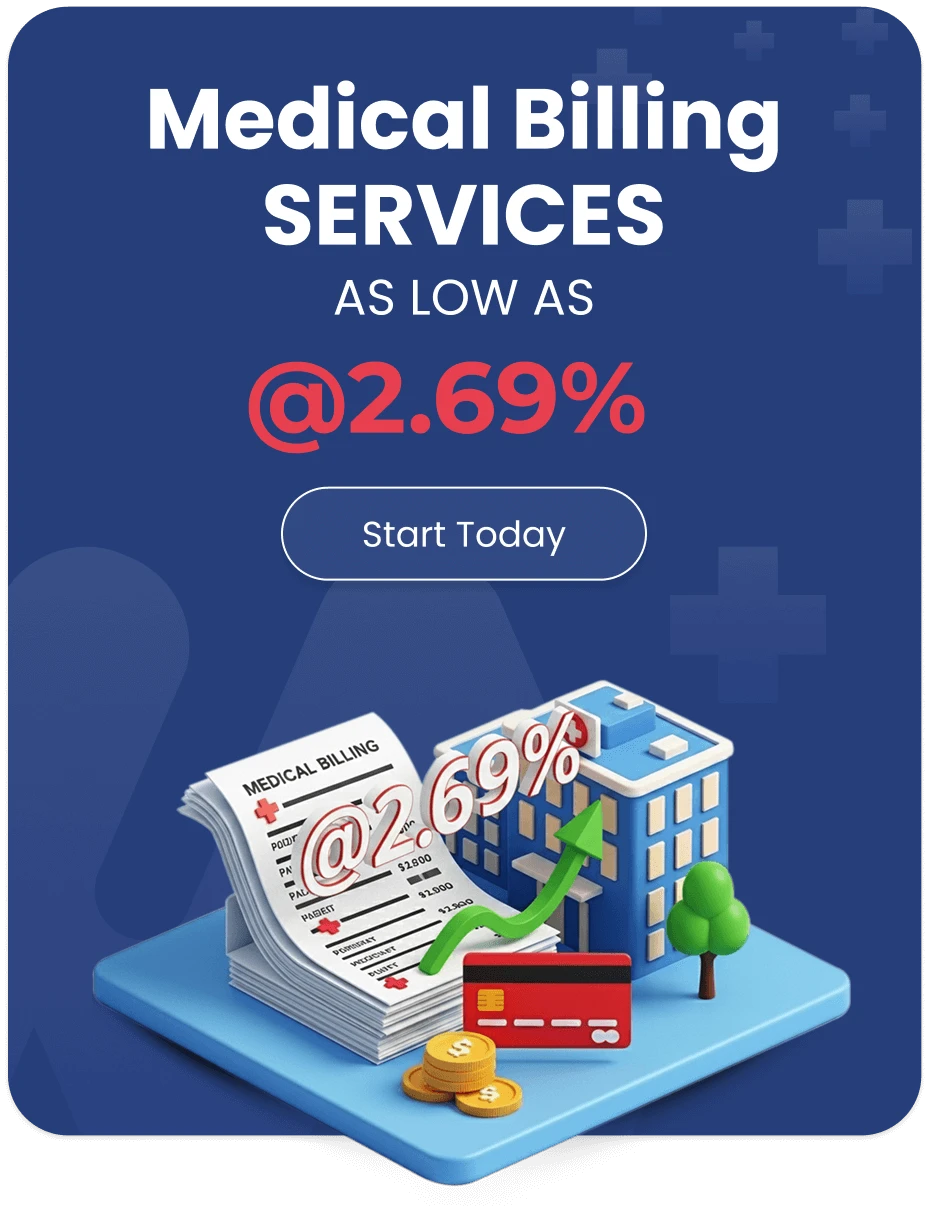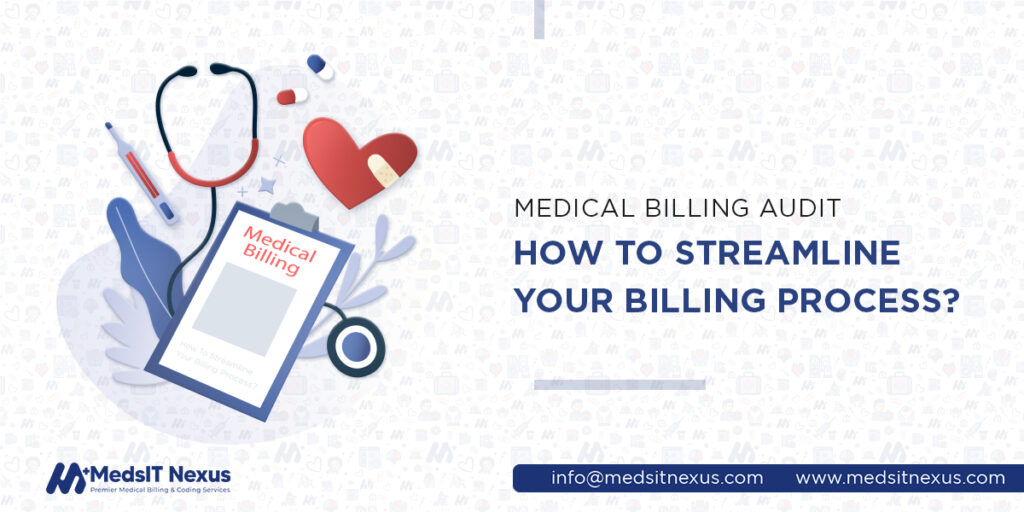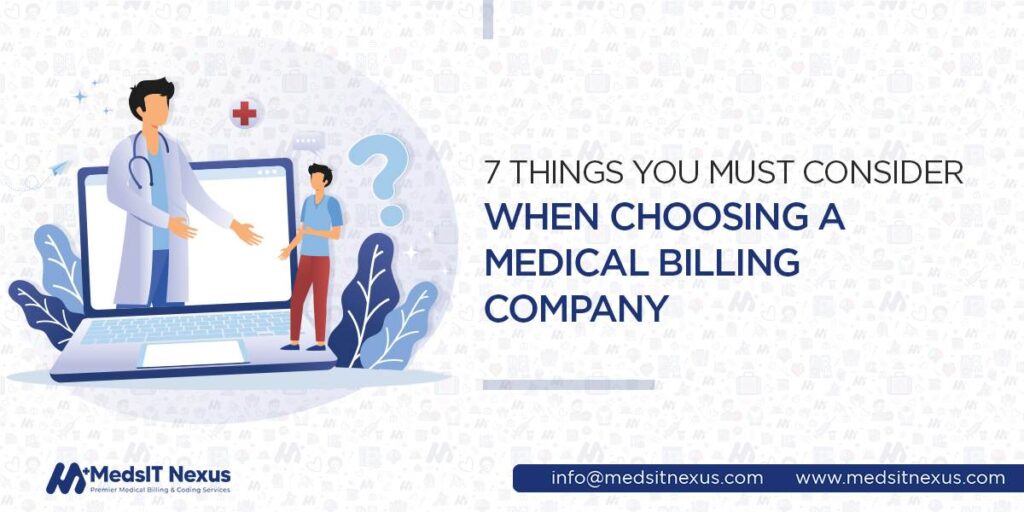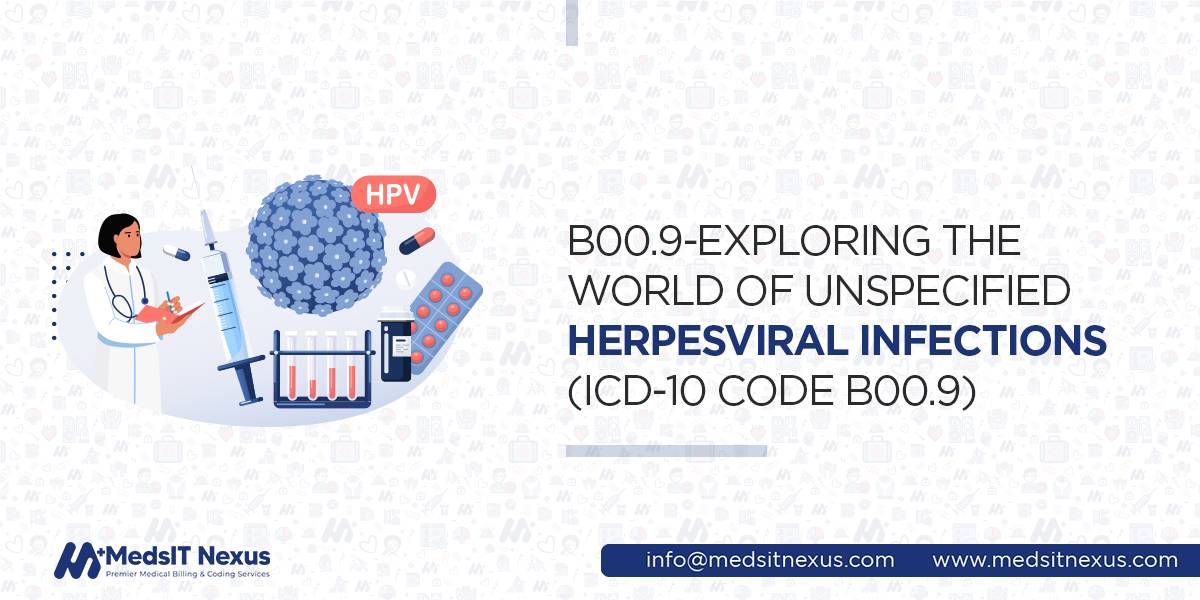How can providers increase their practice Net Collection Rate?
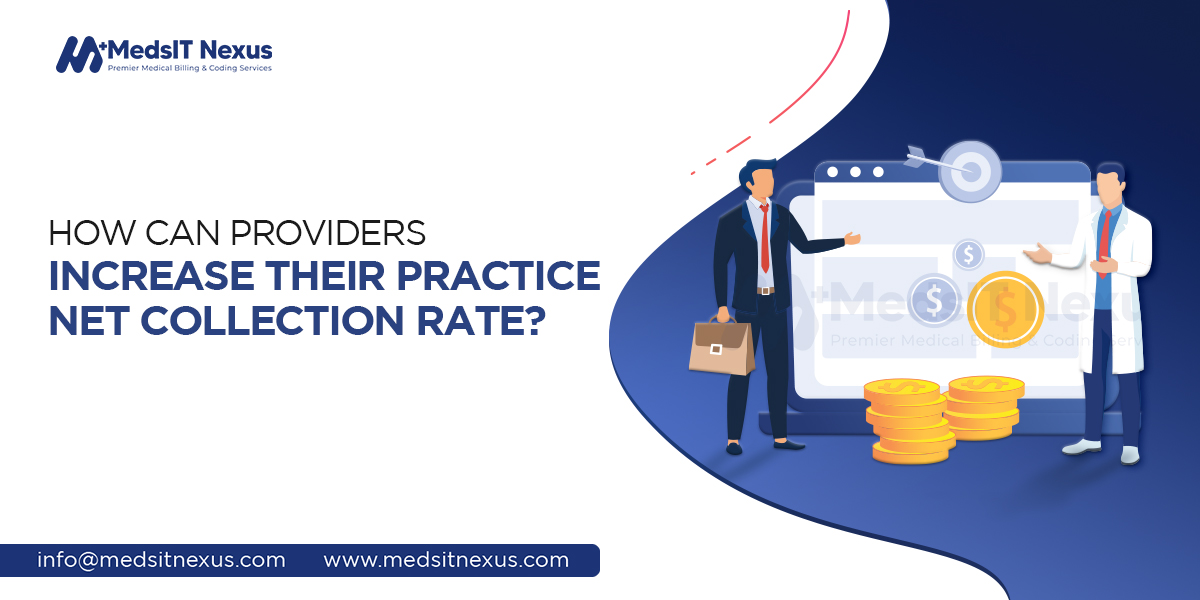
The net collection rate has traditionally been a significant determinant and influencer for all doctors, practitioners, and physicians’ financial success in their medical practice and billing. The net collection rate is one of the most crucial performance indicators because it is directly related to a practitioner’s cash flow. With patients spending more for their treatment and insurers seeking any chance to reject claims, regularly tracking collections is vital to recognize problematic patterns and limit unnecessary losses. The first step in streamlining your medical practice’s operations for increased revenue is understanding your net collection rate.
What is the Net Collection rate?
Net Collection Rate is an essential parameter in medical billing to assess your practice’s capacity to recover debts. To explain more, “Net Collection Rate is the proportion of reimbursement received out of the total permitted according to the payer’s legal agreement.”
11 best practices for increasing your universal practice net collection rate
Your medical billing department operates well if the net collection ratio is at or above the benchmark of 96%. At this point, you might not need to modify your present billing procedure. But if you notice that your net collection rate is lesser than you anticipated, you might need to dive further to figure out precisely what is wrong with your billing procedure. The following ways deserve additional focus to boost NCR.
Implementing front-end point-of-service collections
Straightforwardly, point-of-service collections refer to all charges or collections posted by Patient Access before and including the discharge date. The first and most crucial step in raising NCR is to collect 100% of copayments and, if feasible, deductibles at the time of service. This can ensure that nobody leaves the practice with an outstanding balance. The best strategy for this purpose is to set appointment reminders to inform the patients that they have to pay in advance for all the services they will obtain.
Also, you should start by taking these first two actions to facilitate better collection at the time of service:
- Educate your front desk staff to ensure they are fully prepared to ask for payment collection, like “How are you going to pay today?”
- Billing details should be easily accessible, so your staff can gain necessary insurance information like copays, past-due payments, deductibles, etc. before the patient’s arrival.
Provide patients with payment options
Gone are the days when payment was accepted only by cash or through cheques. Since the world has become more digitalized, not all patients find it convenient to pay using cash or checks. Therefore,
- Try to make it easy for your patients to pay bills using different methods provided by the provider, such as Credit cards, Debit cards, and receiving money through portals and websites, along with cheques and cash.
- Moreover, offer easy-to-pay installment plans for the patients who are willing to pay but cannot pay the entire invoice at once. Before implementing this plan,
- Document every detail of this contract, such as the payment schedule and what the consequences will be if the patient skips any installment.
- On this agreement, get the signature of the patient.
Review your patient statements
Implement a new design to make the information on statements easier for patients to understand. Create it as straightforward as possible with all the details so that the patient does not have to face any confusion.
Educate patients more effectively
Most people have only a dull awareness of how healthcare organizations obtain payment from insurance companies, and they might not be fully aware of their financial responsibilities while using medical services. Therefore, it is vital to educate your patients in a variety of ways, such as;
- Create a pamphlet or quick-reference page for patients to assist them in understanding the complexities of insurance payments and why they are financially liable for most of the treatments they get.
- Provide contact details for insurance companies where the practice works so that patients may contact those organizations if they have particular inquiries regarding their insurance.
- Assign an active and professional employee with vast financial knowledge who is always accessible and prepared to respond to financial queries.
Don’t assume it’s your patients’ fault
When analyzing the factors contributing to a poor net collection rate, it is natural to suppose that the fundamental problem is patients who do not pay their medical bills. Evaluate your NCR by the payer to see whether a particular payer is responsible or not. However, how the practice manages its billing process is frequently the root of the problem. In such cases, long claim submission times, issues with electronic health records, and persistent coding problems are the main reasons for claim denial and distorted cash flow. By identifying the core problem, the practice can take proactive measures to increase collections and enhance its financial health.
Track other medical billing rates
Even if the net collection rate is the most crucial collection indicator for a health provider, other medical billing rates are also essential to monitor to get the most incredible knowledge of your full effectiveness, performance, and profitability. Monitoring other metrics might help the provider’s practice be prepared to tackle any revenue-related difficulties. These additional medical billing rates incorporate
- Percentage of A/R Over 90 Days
- Days in Accounts Receivable
- New Patient Ratio
- Non-Contractual Write-Off Percentage
- Payer Mix
- Referral Mix
Calculate your net collection ratio consistently
Your medical practice requires periodic measurements to get the most accurate net collection rate. The most accurate average rate may be calculated by taking the net collection rate for at least a year and dividing it by 90 days.
Handle the claims appropriately: Approximately 80% of medical invoices include errors. Because of the strictness of insurance policy payouts, most of these claims are often denied. If your system does not immediately receive and process these denials, the insurer will not make any payments to you. Therefore, ensure you have the tools to handle denial management quickly and effectively. The provider’s main priority should be to have fewer rejected claims to increase the net collection rate.
Follow-up on outstanding claims
Generally, getting paid back is more challenging when a claim is unpaid for a more extended period. If medical claims are not paid within 90 days, timely filing deadlines may apply, meaning you would permanently lose out on that income. To ensure prompt payment for your diligent work, you might need to allocate staff resources to follow up on unpaid claims routinely.
Try using a robust medical billing software
Tracking your outstanding invoices, identifying non-payers, and automating the application of late fees to their accounts will aid in accelerating your collection process. This comprehensive plan using reliable software simplifies the claims processing procedure. On the whole, though, it will save you time and money.
Try to work with a collection agency
Even though there is a fee for employing an agency, it is the best option for collecting payments due. Such agencies or companies that have to experience managing smoothly get in touch with the patients to give “early warning” when their AR is 30-60 days. Patients frequently see this strategy as less demanding and confrontational, so it is more effective for clinicians to boost their practice NCR.
How MedsIT Nexus can help providers to increase their practice net collection rate?
Managing the billing process accurately is difficult as providers might face hurdles in revenue cycle management. Moreover, Net Collection Rate below 95% shows that your practice is facing troubles in the billing process. To eliminate all these hurdles and maintain your NCR up to 96%,MedsIT Nexus Medical Billing and Coding Services are around the corner for you so that your practice does not have to face a loss. Having been engaged with billing services for many years, we have experience streamlining your revenue, decreasing AR days, and increasing cash flow, hence the Net Collection Rate. Our experienced and qualified team understands how to improve reimbursement and deal with outstanding payments to convert them into collections. Our company is a full-service package for your practice and billing process.
Dr. Sana Pervez, Pharm.D, CCS, CPC -
Clinical Compliance Advisor at MedsIT Nexus
Responsible for Medical and compliance review of all healthcare RCM and billing content before publication.


